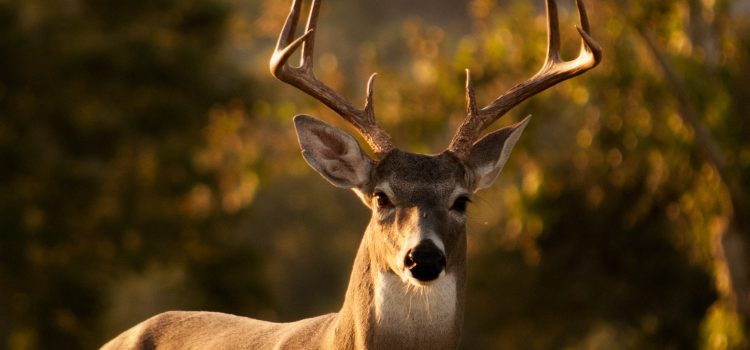
While zoos and aquariums are often touted as vital institutions for the conservation of endangered species, the reality is that many animals within these institutions are condemned to a life of captivity with little hope for release or rehabilitation. Despite the best intentions of zookeepers and conservationists, the captive breeding programs and other conservation efforts in zoos and aquariums often fall short of their goals, leading to a cycle of confinement and suffering for many animals.
One of the key challenges faced by captive animals in zoos and aquariums is the lack of genetic diversity. Many captive populations are small, with limited opportunities for new genetic material to be introduced. This can lead to inbreeding and genetic disorders, further exacerbating the challenges faced by these animals. In some cases, the animals may become so genetically isolated that they are no longer viable for reintroduction into the wild, leading to a tragic cycle of confinement and suffering for generations to come.
Another challenge faced by captive animals is the psychological toll of confinement. Many animals in zoos and aquariums are kept in small enclosures, with limited opportunities for exercise or stimulation. This can lead to boredom, frustration, and even aggression. In some cases, the animals may develop stereotypic behaviors, such as pacing or self-injury, as a result of the stress of captivity.
Despite these challenges, the demand for zoos and aquariums remains high. Many people are drawn to the idea of seeing rare and exotic animals up close, without fully considering the long-term consequences of captivity. Additionally, many zoos and aquariums are businesses, driven by profit rather than the welfare of the animals they house. This can lead to inadequate care, overcrowding, and other issues that further exacerbate the challenges faced by captive animals.
However, there are steps that can be taken to improve the fate of endangered species in zoos and aquariums. One important measure is the implementation of more ethical and sustainable breeding programs, aimed at maintaining genetic diversity and avoiding inbreeding. Additionally, zoos and aquariums can prioritize the welfare of their animals, providing larger enclosures, enrichment activities, and other resources to support the physical and psychological needs of their residents.
Another important step is the promotion of responsible tourism and wildlife conservation. Rather than relying solely on zoos and aquariums as a means of encountering exotic animals, people can seek out ethical wildlife experiences, such as responsible eco-tourism or volunteering at wildlife rehabilitation centers. By supporting these efforts, we can help to reduce the demand for zoos and aquariums, and promote the welfare and conservation of endangered species in their natural habitats.
In conclusion, the fate of endangered species in zoos and aquariums is a complex and tragic issue. While these institutions may have noble intentions, the reality is that many animals within them are condemned to a life of captivity with little hope for release or rehabilitation. By promoting ethical and sustainable breeding programs, prioritizing the welfare of captive animals, and supporting responsible tourism and wildlife conservation, we can work towards a future where all animals, both captive and wild, are respected and valued.










